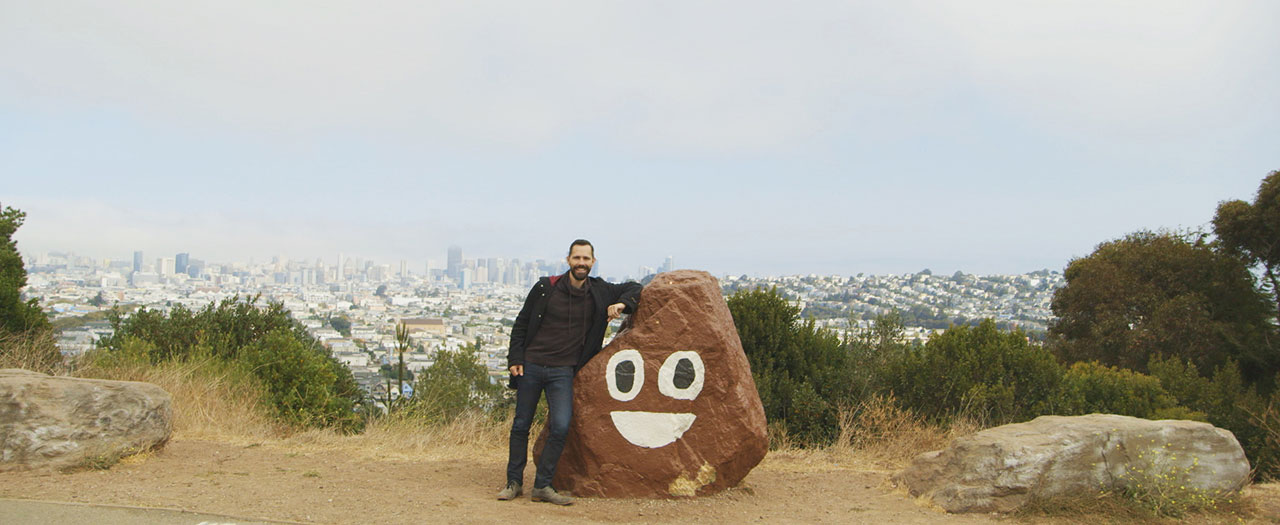Picture Character [Feature]
It’s the 21st century’s lingua franca: a global pictorial alphabet that has turned our phones into a hotbed of smileys, eggplants and happy poops. Picture Character is the fascinating inside story of emojis, the world’s favourite conlang (constructed language).
From their beginnings two decades ago as a set of 176 basic icons, the cute contemporary hieroglyphs known as emojis – literally, Japanese e (meaning picture) + moji (meaning character) – have been adopted with such gusto they now cut across language, age and cultural barriers, exploding into a collection of nearly 3000 characters today. They’ve even been given the seal of approval by official linguistic gatekeepers, with 'face with tears of joy' named the Oxford Dictionaries’ ‘Word’ of the Year in 2015.
But how does this ideographic garden grow? Picture Character takes us through their history and behind the scenes on the campaigns for three new emojis: the hijab or woman with headscarf (released in 2017), a maté gourd, and a drop of blood (period). Saudi teen Rayouf Alhumedhi is the driving force behind the hijab; two Argentinean women are keen to introduce a pictogram for the popular South American beverage; and Plan International has run a years-long battle to destigmatise symbolic (as well as actual) menstruation. A thoughtful, fun and engaging Davida vs Goliath tale, Picture Character follows as these diverse women petition the predominantly white men of the Unicode Consortium – the mysterious Silicon Valley organisation that approves all new emoji – proving as they do that representation matters, on silver screens as much as on phone screens.
“Enlightening … Everything you always wanted to know about emojis, but were afraid to ask.” – Hollywood Reporter
